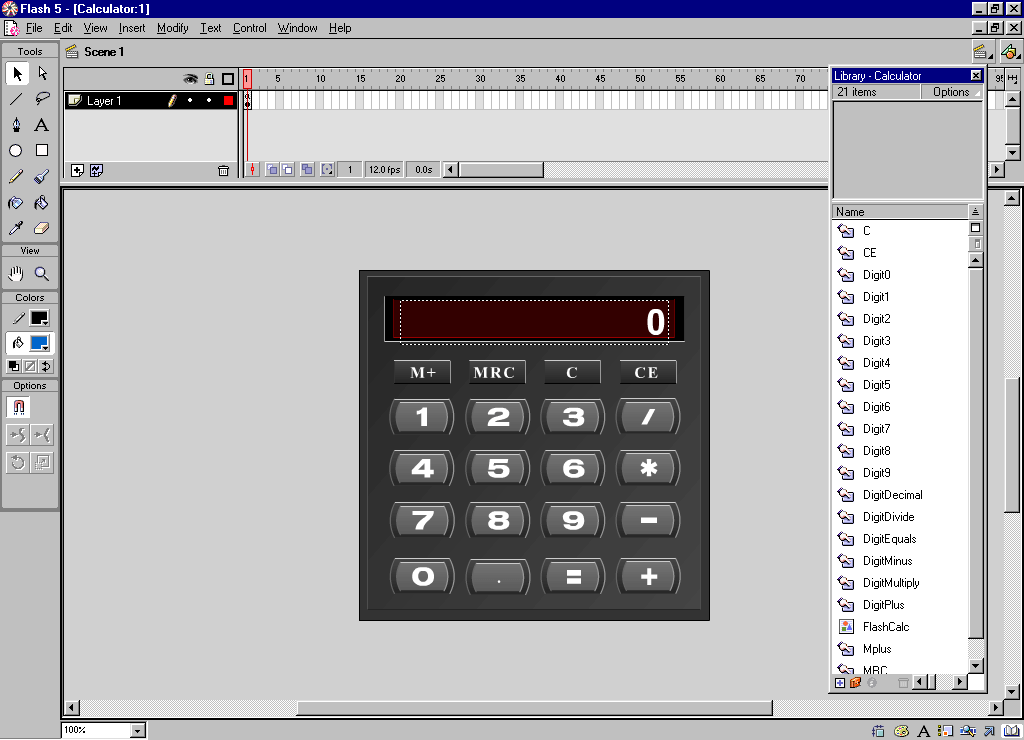


- How to use intel flash programming tool how to#
- How to use intel flash programming tool serial#
- How to use intel flash programming tool 32 bit#
- How to use intel flash programming tool code#
It would have been easy if the bootloader serially downloaded the hex in one section of code and then, in another function, just cycled through the the collected hex putting it into flash.
How to use intel flash programming tool serial#
The waters are muddied by all the hundreds of lines of serial comms and state machine which are woven through the flash programming logic. I am trawling through the >2000 lines of the standard STK500v2 bootloader to see how they copy the bytes into flash in that program. I am reading from an external EEPROM using SPI but writing 'locally' to the flash from the bootloader on the same device that is being programmed which makes the example less valid. Thanks for the link to your OptiLoader (a handy little tool too) but it is writing to the target through SPI, I assume using STK500 protocol. I wouldn't assume that I believe you have to write the pages starting at the page boundaries. hex file data field is written across a page boundary. Note that writing to AVR program flash is done in blocks To get the absolute address for subsequent 00 type records, the address specified by the data field of the most recent 04 record is added to the 00 record addresses. If there is not a 04 type record, the upper 16 bits default to 0000.
How to use intel flash programming tool 32 bit#
The two data bytes (two hex digit pairs in big endian order) represent the upper 16 bits of the 32 bit address for all subsequent 00 type records until the next 04 type record comes.

The address field is 0000, the byte count is 02.
How to use intel flash programming tool how to#
You will also have to check out how to read address > 64K for the 2560:Ġ4, Extended Linear Address Record, allowing for fully 32 bit addressing (up to 4GiB). It provides information as to where the data is to be placed in memoryĭoes this mean that I should not just copy the data fields sequentially into memory but put them in the specific memory locations specificied by the address field?

So yes, you are right, start writing at address 0. (So when the fuse is set, bootloader will always run at start/reset, and has to pass control to the main program when/if appropriate.) (Looks at datasheet) When the boot loader fuse is programmed the processor starts at boot flash rather than starting at address 0. Yes, that rings a bell now you mention it. I thought that the bootloader was high in memory (1F000 for atmega2560) and applications always started at 0x0000 (whether bootloader was installed or not.) Well, starting at the first block after the reserved bootloader blocks (otherwise you will overwrite your bootloader).


 0 kommentar(er)
0 kommentar(er)
